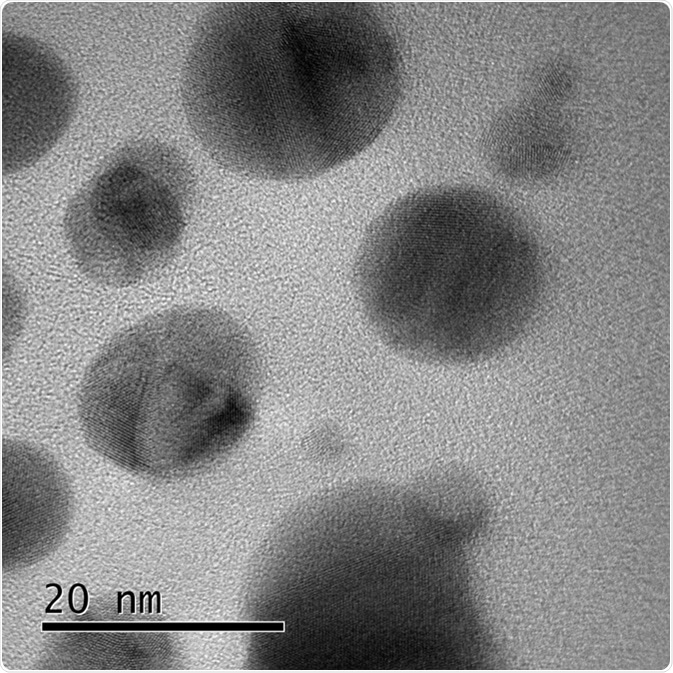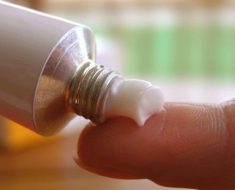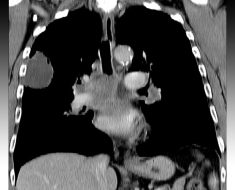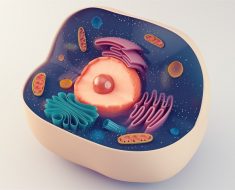Nanoparticles are potential broad-spectrum antibiotic agents, and they can overcome evolved resistances to conventional antibiotics. The over-use of regular antibiotics has created ‘superbugs’, bacteria that are resistant to almost all types of antibiotics. Nanoparticles may present a promising solution to this public health hazard.

Physical Characteristics of Nanoparticles
They have a large surface area to volume ratio, providing a large area which can interact with surrounding microorganisms. They may be synthesized from a variety of materials, such as polymers, lipids, or metals, and can be functionalized with a diverse number of molecules to provide targeting, stealth, or payload delivery properties to the nanoparticle. Nanoparticles have a size range of 1–100 nm.
Drug Enhancement
Increased retention time
Nanoparticles conjugated with antibiotics offer greater retention time within the body compared with free drugs alone. Nanoparticles bearing targeting biomolecules, such as antibodies, proteins, or DNA improve the ability to penetrate cell membranes and specifically target particular tissues, cells, or organs.
Drug release
Drug-carrier nanoparticles have increased control over the release of antibiotics at the target site, since each nanoparticle can simultaneously deliver hundreds of drug molecules to a cell. The release of drugs can take place passively, when entering a more acidic environment such as the interior of a cell, or actively, by magnetic heating of the nanoparticles once in the desired location.
Improving the potency of drugs
Silver nanoparticles in particular can enhance the effects of conventional antibiotic drugs, to which bacteria may have become resistant, by altering the permeability of the cell membrane. The silver nanoparticles themselves can act as antibiotics by destroying the plasma membrane surrounding a bacterium. They also interact with DNA and other interior components of the bacterium by releasing silver ions that generate reactive oxygen species within the cell.
Biofilm Formation
Most bacteria exist within a biofilm – a diverse collection of bacteria of different species that interact with one another, the biofilm, and their immediate environment. The biofilm requires a solid substrate, and bacteria often migrate into a biofilm using their flagella, where they multiply rapidly. The large number of cells and high rate of bacterial binary fission in a biofilm supports a diverse variety of mutations which leads to development of antibiotic resistance by bacteria within a biofilm. The biofilm also protects the bacteria from harsh external conditions. Nanoparticles can hinder biofilm formation by binding to the surface of bacteria and providing strong electrostatic interaction between the two. Rod shaped particles are more effective in destroying biofilm, most likely due to the larger surface-area-to-volume ratio.
Other Applications
In addition to direct in vivo use as antimicrobial agents, nanoparticles are being considered as antibacterial agents to be incorporated into implantable devices, such as in dentistry or heart valves, wound dressings, and bone cement.
Sources
- Enhanced antibacterial effect of antibiotics in combination with silver nanoparticles against animal pathogens – https://www.sciencedirect.com/science/article/pii/S1090023315004414
- The antimicrobial activity of nanoparticles: present situation and prospects for the future – https://www.ncbi.nlm.nih.gov/pmc/articles/PMC5317269/
- Antibacterial properties of nanoparticles – https://www.sciencedirect.com/science/article/pii/S0167779912000959
- Inhibition of gold nanoparticles (AuNPs) on pathogenic biofilm formation and invasion to host cells – https://www.nature.com/articles/srep26667
Further Reading
- All Nanoparticle Content
- Nanoparticles – What are Nanoparticles?
- Nanoparticle Uniformity
- Properties of Nanoparticles
- Synthesis of Nanoparticles
Last Updated: Oct 18, 2018

Written by
Michael Greenwood
Michael graduated from Manchester Metropolitan University with a B.Sc. in Chemistry in 2014, where he majored in organic, inorganic, physical and analytical chemistry. He is currently completing a Ph.D. on the design and production of gold nanoparticles able to act as multimodal anticancer agents, being both drug delivery platforms and radiation dose enhancers.
Source: Read Full Article





